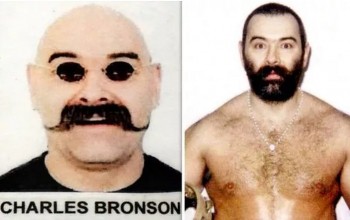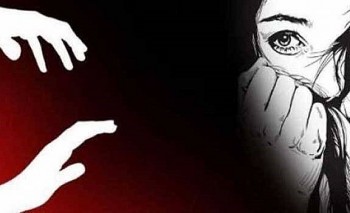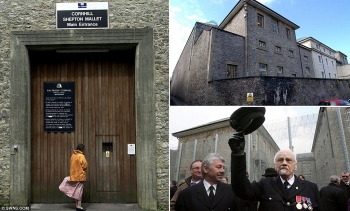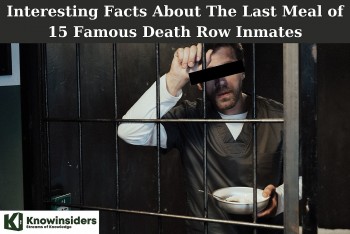Top 10 Notorious Crime Gangs in the US Today
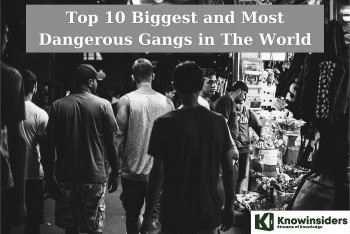 Top 10 Most Dangerous and Notorious Gangs in The World Top 10 Most Dangerous and Notorious Gangs in The World |
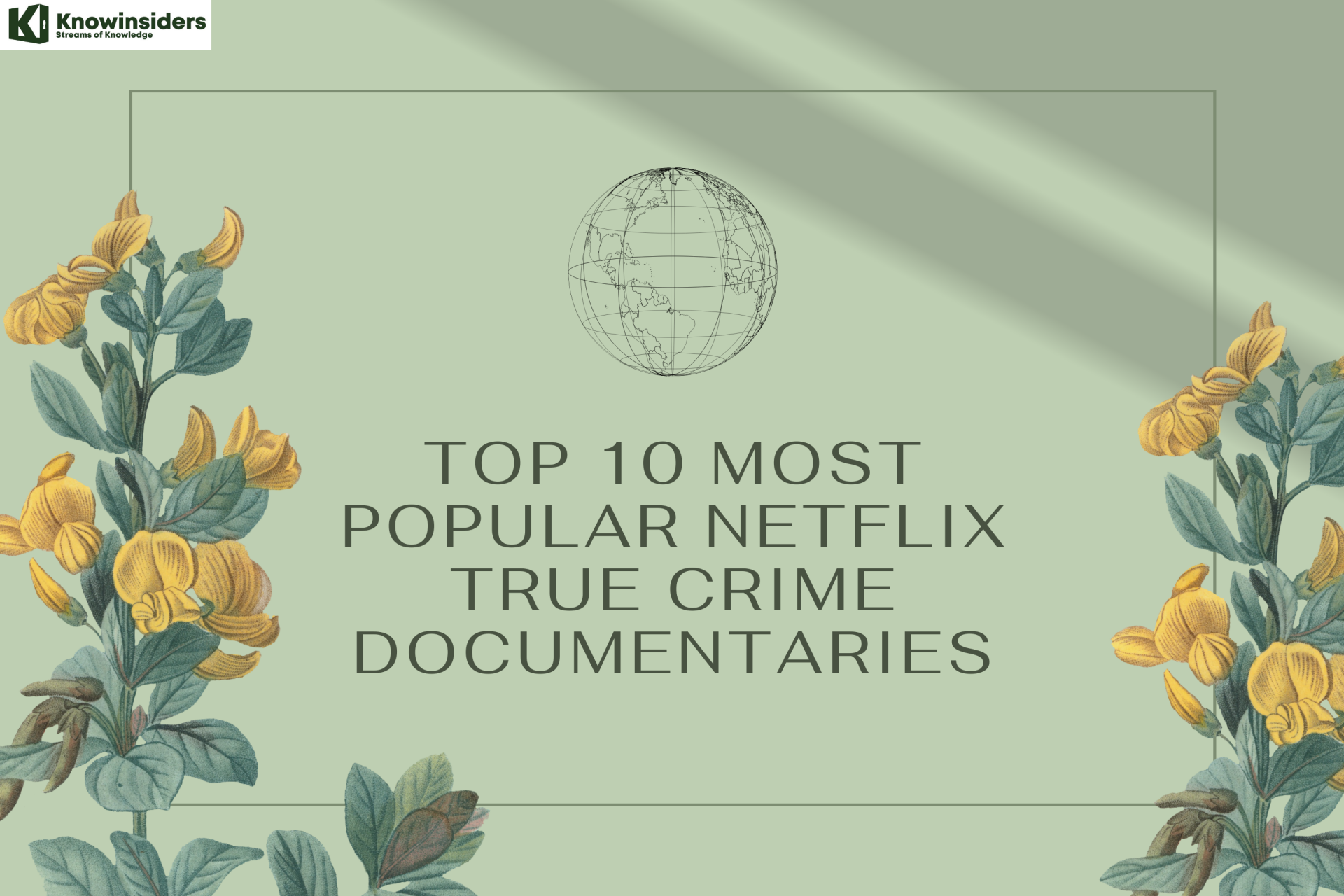 Top 10 Most Popular Netflix True Crime Documentaries Top 10 Most Popular Netflix True Crime Documentaries |
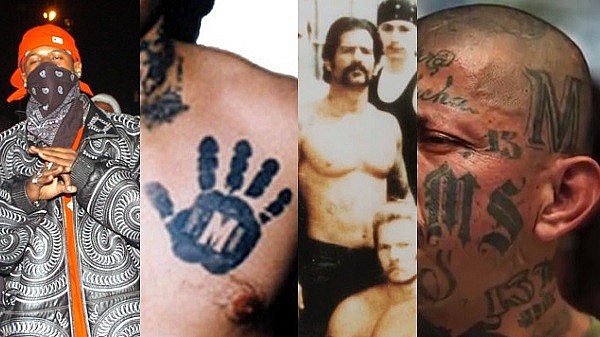 |
| Top Most Dangerous Crime Gangs in the US |
| Contents |
Even though we don't hear as much about organized crime syndicates as we should, they continue to be an active threat to the country's security apparatus, and their membership numbers are comparable to those of some large multinational corporations.
According to a report by the Federal Bureau of Investigation (FBI), over 1.4 million Americans wear the colors of over 33,000 gangs across the country.
Based on evidence from federal, state, local, and tribal law enforcement, the FBI asserts that gangs are increasingly dangerous and are responsible for 48 percent of violent crime. Some even purchase weapons from the government.
Many gangs are expanding their ranks and establishing themselves at international levels, despite the fact that many of these groups are regional and only loosely organized.
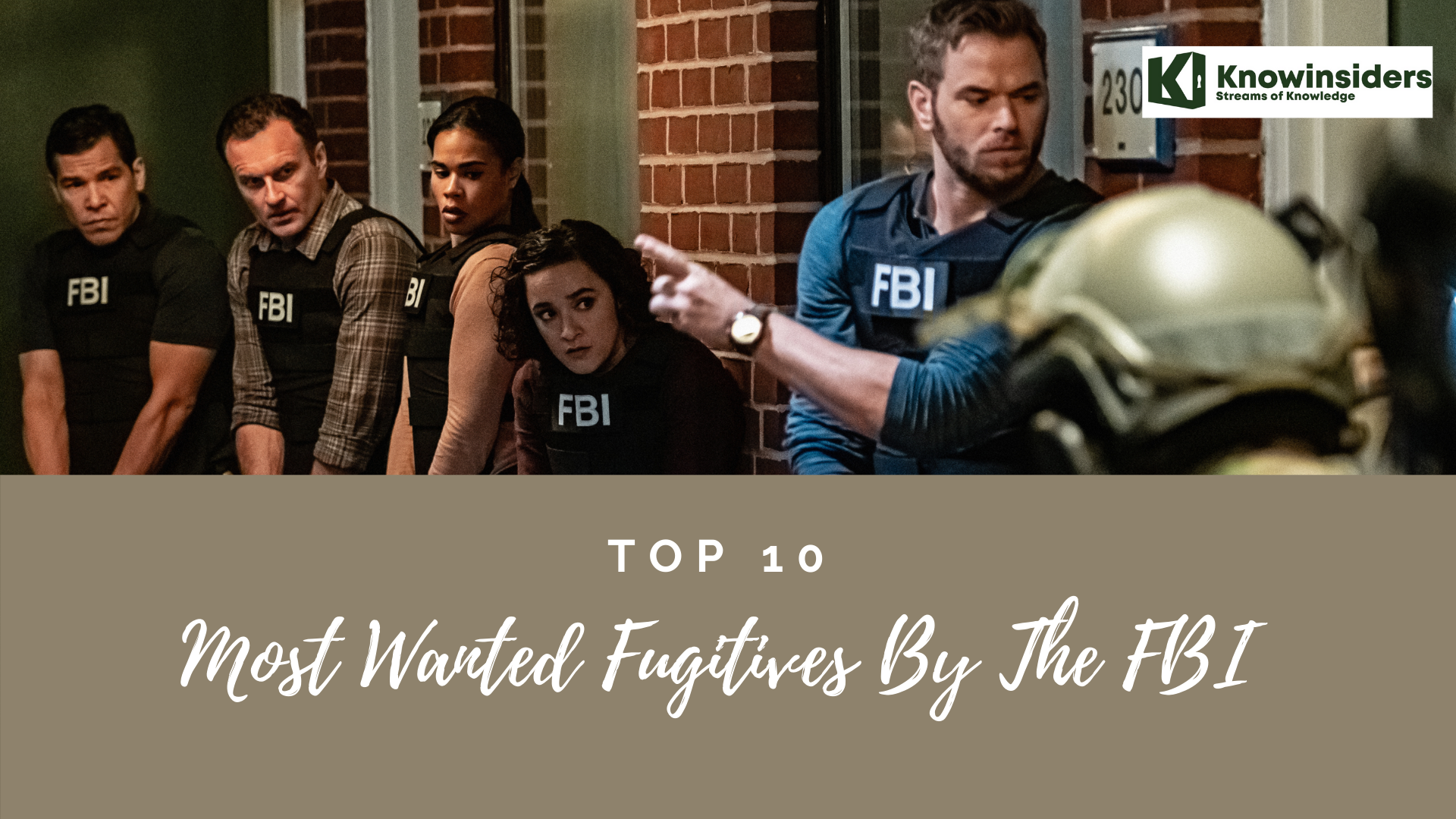 Top 10 Most Wanted Fugitives In The US - By FBI Top 10 Most Wanted Fugitives In The US - By FBI |
10. Jewish Defense League
The FBI recognizes the Jewish Defense League as a far-right terrorist organization. The organization was founded in 1968 by Rabbi Meir Kahane, and one of its stated goals was global anti-Semitism protection. It was founded primarily on the tenets of Jewish nationalism, territorialism, and the use of force to defend Jews against their enemies. Since then, the JDL has been accused of numerous acts of terrorism, such as bombings, assassinations, and extortion.
The group is primarily active in the United States and Israel, where it has committed a number of violent acts over the years. In the 1970s, JDL members carried out a number of high-profile attacks against Arab targets in the United States and Europe, propelling the organization to prominence. They were also known for their ardent opposition to the USSR, as Jews in the Soviet Union were prohibited from immigrating to Israel. Due to its aggressive tactics, the JDL gained a large following in the Israeli-American Jewish community despite its small size.
9. MS-13
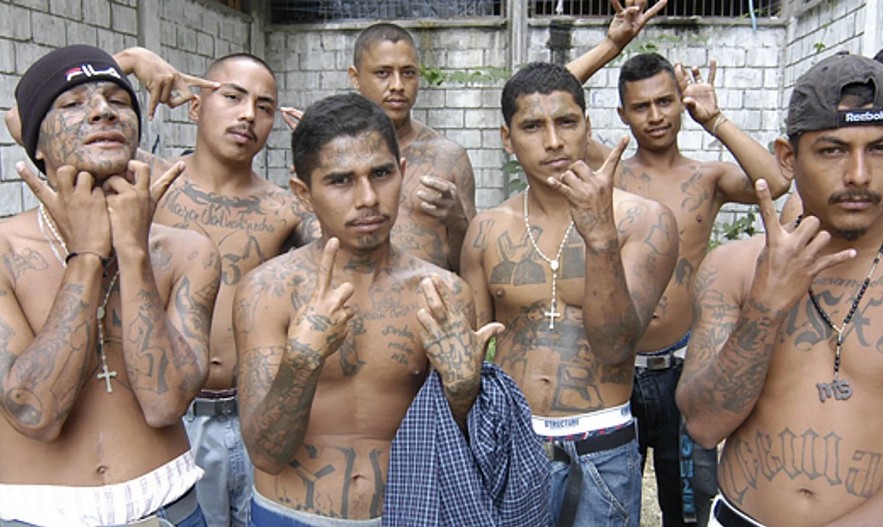 |
| MS 13 |
MS-13, also known as Mara Salvatrucha, is a transnational gang that originated in Los Angeles, California, in the 1980s. The group evolved from its origins as a protection racket for Salvadoran refugees in the city into a violent criminal organization involved in drug and human trafficking. Currently, the organization operates in the United States, El Salvador, Mexico, Honduras, and Guatemala, among others.
In the 1990s and early 2000s, MS-13 gained widespread attention for committing a string of murders and assaults across the country. The gang is notorious for its brutal tactics, such as their preference for machetes and other close-combat weapons. Despite its notoriety, MS-13 remains a relatively small gang in the United States, with an estimated 6,000 to 10,000 members. In central American countries, however, the gang may have as many as 60,000 members.
8. Vice Lords
In order to aid the local African Americans in overcoming discrimination and poverty, Vice Lords Nation was founded in Chicago, Illinois, in 1958. But as time went on, the organization expanded into one of the biggest criminal gangs in the country, with chapters in almost every town and city. The group is well-known for engaging in a range of illegal activities, including the trafficking of illegal drugs, robberies, extortion, and murder.
The gang is thought to have between 30,000 and 35,000 regular and associate members and primarily operates in the Midwest and southern regions of the United States. Despite several high-profile arrests over the years, the group has been designated as a criminal organization by the US government, but it continues to be a sizable and powerful gang, especially in Chicago.
7. Barrio Azteca
Barrio Azteca, also known as Los Aztecas, started as a prison gang in the El Paso prison system in Texas. It now has an estimated 3,000 members throughout the United States and about 5,000 in the Juarez region of Mexico. Since its founding in 1986, it has grown to include states like Massachusetts, Pennsylvania, and New Mexico. Despite not being a particularly large gang, they have distinguished themselves through their extreme levels of violence, which frequently cross the border.
By the 2000s, Barrio Azteca had joined the brutal conflict between the Juarez Cartel of Mexico and the Sinaloa Cartel. Since then, many of the gang's members—including its leader Eduardo Ravelo—have been killed or arrested, significantly diminishing their power in the area. However, according to reports from law enforcement organizations, Barrio Azteca has recently regained a lot of its power, especially in the city of Juarez, where it's still actively engaged in a number of illegal activities like drug smuggling, money laundering, and extortion.
6. Mongols Motorcycle Club
In the 1970s, the infamous outlaw motorcycle club known as the Mongols was established in Montebello, California. With chapters in California, Nevada, Arizona, and other states, they are particularly well-represented in the Pacific and Southwest regions of the United States. Although there are individuals from other ethnic groups in the group, the majority of its members are Hispanic.
The Mongols rose to prominence as a strong and aggressive motorcycle club in the 1980s and 1990s. They have engaged in a number of violent crimes including murder, intimidation, and assault. In 2002, they were involved in a high-profile shootout in Las Vegas with members of the rival Hells Angels gang.
The Mongols Motorcycle Club continues to be a strong and influential gang despite numerous attempts by law enforcement to dismantle it. Many of its members also maintain close ties with other Hispanic street gangs that are dispersed throughout the Los Angeles region.
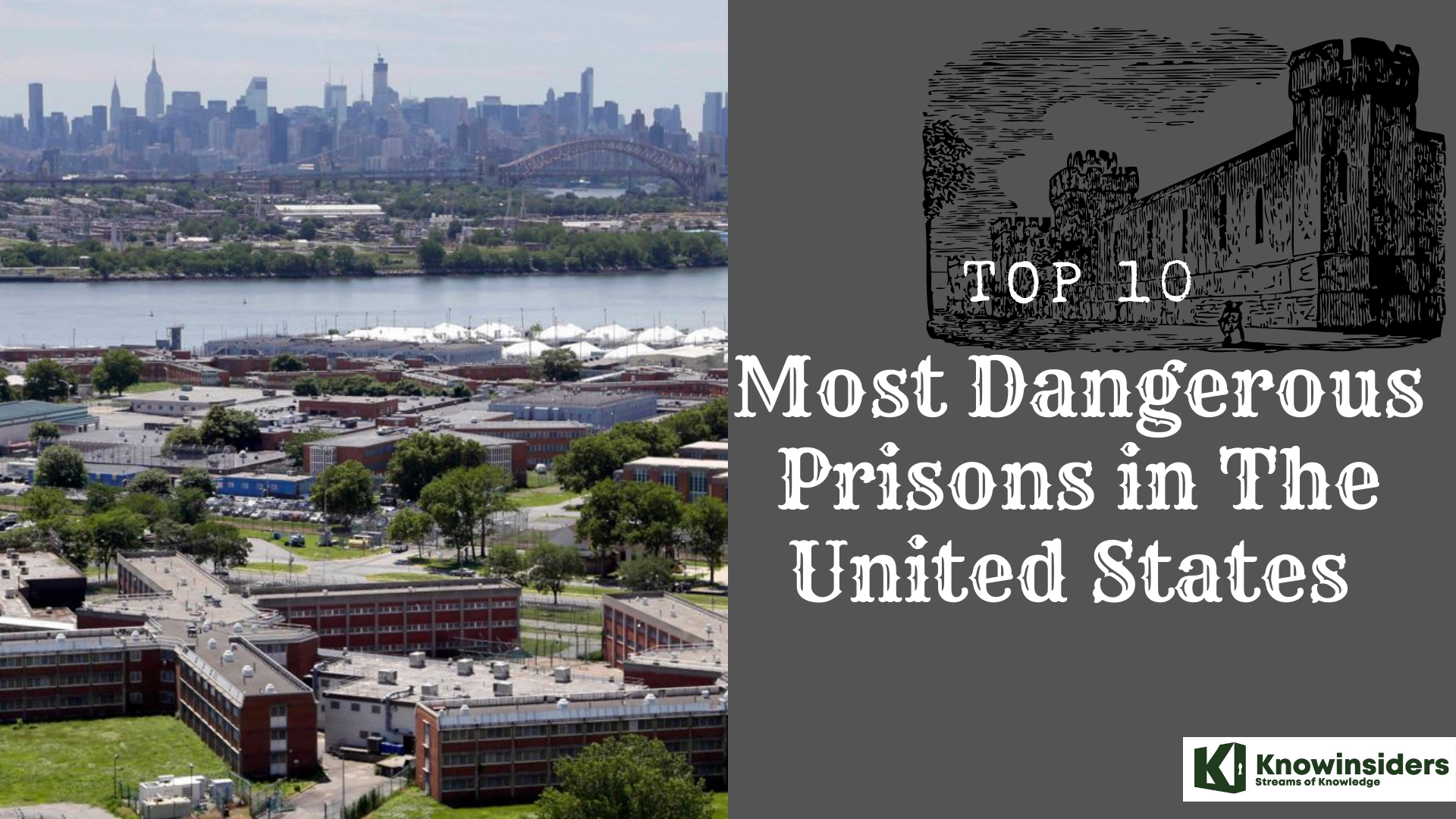 Top 10 Most Dangerous Prisons in the United States Top 10 Most Dangerous Prisons in the United States |
5. Crips And Bloods
Based in Los Angeles, California, the Crips and Bloods are two rival gangs. Although their exact beginnings are disputed, some historical accounts claim that the Crips were established in 1971 as a neighborhood protection gang, and the Bloods were created in response to the Crips' rising power. Both gangs eventually developed into powerful criminal organizations engaged in violent crimes like robbery and murder, as well as drug trafficking and extortion.
Long-standing animosity between the Crips and Bloods has led to numerous violent confrontations over the years. A complex medley of elements, such as territory, reputation, and interpersonal conflicts between different gang members, fuel it. Both are well known for their extensive use of hand signs, graffiti, and colors to distinguish themselves.
Innocent bystanders frequently get caught in the crossfire as a result of the gangs' criminal activities, which have caused a great deal of violence and destruction in the communities they operate in. However, despite numerous efforts by law enforcement, Crips and Bloods continue to be a significant issue in many urban areas of LA.
4. Latin Kings
A street gang with a predominance of Mexican and Puerto Rican members called Latin Kings was founded in Chicago in the 1960s. They have a history of engaging in a variety of crimes, including the high-profile assassinations of law enforcement officers in American cities, as well as drug trafficking, burglary, murder, identity theft, and money laundering. Currently, the Chicago and New York Chapters of Latin Kings work under the aegis of two factions: Motherland and Bloodline.
When the group was linked to several gang-related murders and other crimes throughout Chicago in the 1980s and 1990s, they first came to the attention of the media. Latin Kings is unquestionably one of the biggest gangs in the US, with over 160 chapters and 20,000–35,000 members spread across the nation. It has a significant presence in numerous cities, including New York, Los Angeles, and Miami.
3. Gangster Disciples
A prison and street gang called Black Gangster Disciple Nation was founded in Chicago in the 1960s and later changed its name to Gangster Disciples. The Black Disciples and Supreme Gangsters, two gangs led by Larry Hoover and David Barksdale, joined forces to form it. The majority of the members of this gang are African Americans, and they engage in crimes like murder, extortion, and drug trafficking.
The gang is known to be active in other regions of the nation, such as the East Coast and the South, despite having a significant presence in the Midwest, particularly in Chicago and Detroit. In recent years, it has expanded into a sizable and influential organization, with an estimated 25,000–50,000 members dispersed across the United States.
2. Aryan Brotherhood
Initially, the Aryan Brotherhood was a white supremacist prison gang created in response to racial conflicts with competing black gangs. With many of its members openly sporting tattoos of Nazi insignia and other fascist symbols, it has developed over time into one of the most feared criminal organizations in the nation.
Although they are very active on the streets, Aryan Brotherhood members mostly operate in prisons. Although it is not as big as other gangs like the Mexican Mafia, the Aryan Brotherhood is still a significant player in the criminal underworld. The group is involved in a variety of criminal activities like drug trafficking and extortion.
The Aryan Brotherhood has been the target of decades-long law enforcement efforts, but it is challenging to penetrate due to its highly organized hierarchy and fierce loyalty among its members. Nevertheless, there have been many prominent arrests of Aryan Brotherhood members recently, and many of its leaders have received lengthy prison sentences. Despite these initiatives, the Aryan Brotherhood nevertheless continues to be a significant and sizable gang that operates across the nation.
1. Mexican Mafia
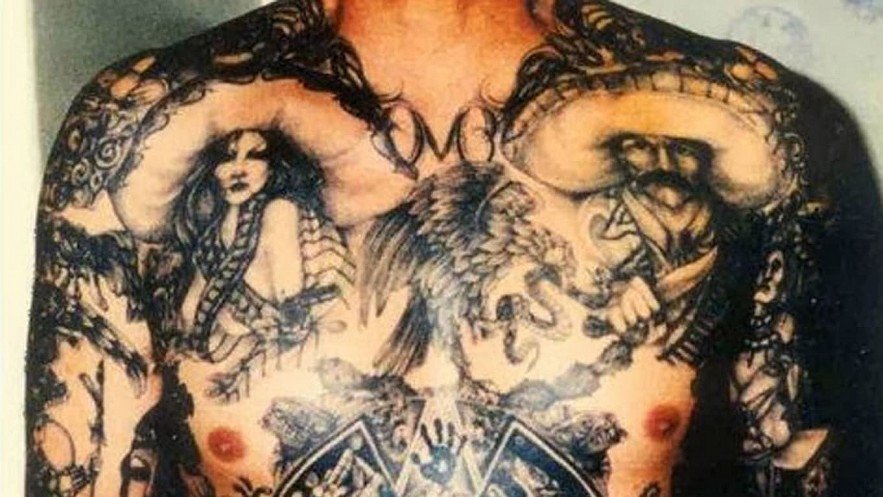 |
| Mexican Mafia |
Mexican Mafia, also referred to as La Eme and Los Carnales, is one of the biggest prison gangs in the US, with members operating in over 13 states. Luis Flores, a former street gang member, founded it in southern California in 1957. Many of its founding members were Hispanic gang leaders who were active in LA and the surrounding areas. It has since developed into one of the nation's deadliest and most powerful gangs.
Currently, the Mexican Mafia operates both inside and outside of the US prison system, and its criminal activities also include drug trafficking, robbery, extortion, assault, and murder. The gang is thought to have 350 to 400 members in US prisons and tens of thousands more foot soldiers roaming the streets of California and beyond.
In Conclusion
Although the US legal system is very complete and strict, law enforcement is also effective, but the above criminal groups still exist in and continue to endanger people's lives.
The complete elimination of notorious criminal organizations is unthinkable until today.

